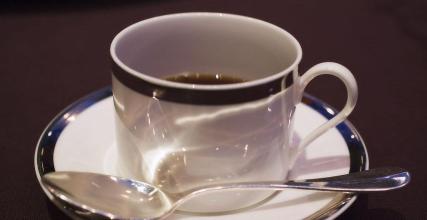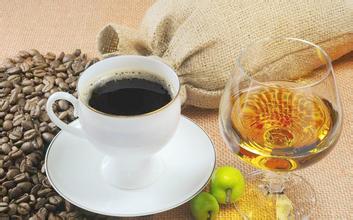Guatemala coffee northern estate production introduction pico tenango highland production Hasenda coffee garden
Vivette Nan Fruit is located in the highlands of northwestern Guatemala, growing at an altitude of 1800-2100 meters. It is the highest coffee-producing area in the country and is famous for producing high-quality beans. Due to the large number of rivers and lakes in Guatemala, the Vivette Nanguo region is rich in mountains and water resources, dry climate but abundant water resources, and complete water conservancy facilities in the region, coffee is mostly washed and processed. Vivette Nanguo coffee, rich taste, with a high mellow thickness, smoky taste is its most distinctive flavor.
Generally speaking, Arabica coffee grows at an altitude of about 2000 meters, while Robusta grows at an altitude of about 900m. If the altitude is too high, the coffee tree will frost because the temperature is too low, and even can not survive. And Vivette Nanguo coffee even if planted in the highlands of nearly 2000 meters above sea level, it is not easy to appear frost phenomenon, high but not cold growth environment has created high-quality extremely hard beans. This is entirely due to the warm, dry air blowing from the plains of Mexico, which protects the coffee trees from frost.
Like Costa Rica, El Salvador, Mexico, Honduras and other Central American countries, Guatemala's classification is based on altitude. Coffee produced at high altitudes is generally of higher quality than at lower altitudes, because the higher the altitude, the lower the temperature. At high elevations, the slower the coffee grows, the more beneficial it will be to the accumulation of good substances. That's why there is a way to classify quality by altitude. So what is the grading method based on altitude? Let's take Guatemala as an example. The higher the altitude, the higher the density of coffee beans and the higher the grade of raw coffee beans.

Important Notice :
前街咖啡 FrontStreet Coffee has moved to new addredd:
FrontStreet Coffee Address: 315,Donghua East Road,GuangZhou
Tel:020 38364473
- Prev

Kenya's climatic and geographical conditions introduce boutique coffee
Kenya's climatic and geographical conditions provide unique conditions for the growth of high-quality coffee beans, which are located in eastern Africa, the equator runs through the middle, and the East African Rift Valley runs through the north and south. It is bordered by Somalia to the east, Tanzania to the south, Uganda to the west, Ethiopia and Sudan to the north, and the Indian Ocean to the southeast. The coastline is 536 km long. There are many plateaus in the territory, with an average elevation of 1500 meters.
- Next

Mexican coffee bean variety Aldumara coffee introduces boutique coffee
The international image of Mexican coffee. Their goal is to increase domestic consumption at least twice as much. Mexico originally used 0.743 kilograms of coffee beans per person, and they will increase it to 1.5kg per person within four years, plus the federal government funded the purchase of about $18 million to $19 million of coffee beans. As a result, Mexico's domestic coffee consumption will increase from the original 13 million.
Related
- Does Rose Summer choose Blue, Green or Red? Detailed explanation of Rose Summer Coffee plots and Classification in Panamanian Jade Manor
- What is the difference between the origin, producing area, processing plant, cooperative and manor of coffee beans?
- How fine does the espresso powder fit? how to grind the espresso?
- Sca coffee roasting degree color card coffee roasting degree 8 roasting color values what do you mean?
- The practice of lattes: how to make lattes at home
- Introduction to Indonesian Fine Coffee beans-- Java Coffee producing area of Indonesian Arabica Coffee
- How much will the flavor of light and medium roasted rose summer be expressed? What baking level is rose summer suitable for?
- Introduction to the characteristics of washing, sun-drying or wet-planing coffee commonly used in Mantenin, Indonesia
- Price characteristics of Arabica Coffee Bean Starbucks introduction to Manning Coffee Bean Taste producing area Variety Manor
- What is the authentic Yega flavor? What are the flavor characteristics of the really excellent Yejasuffi coffee beans?

